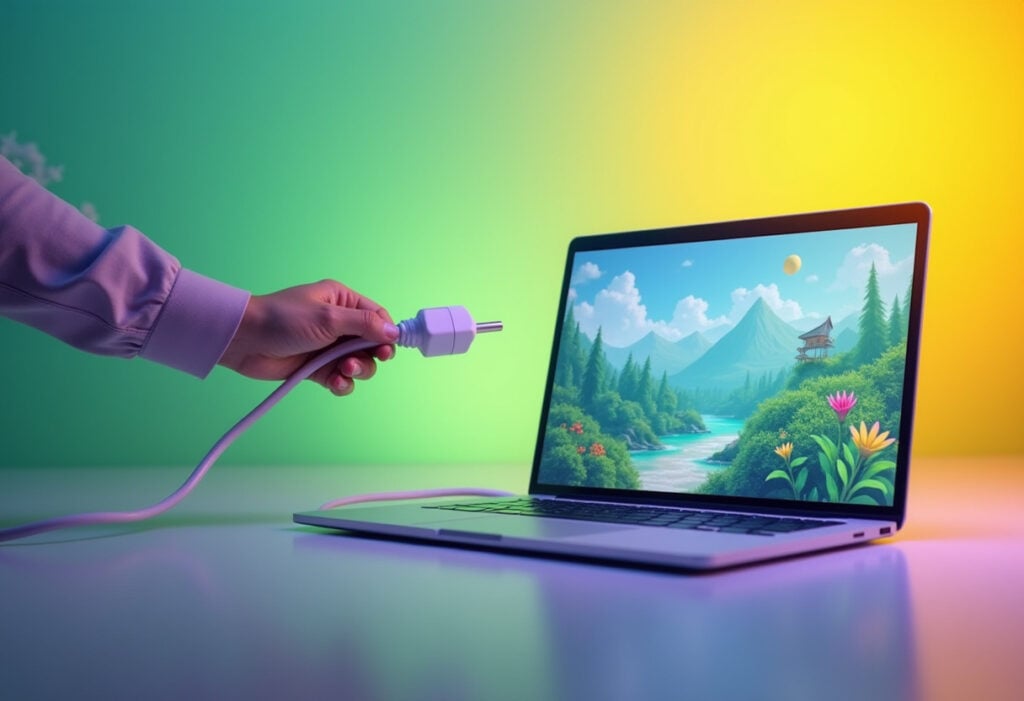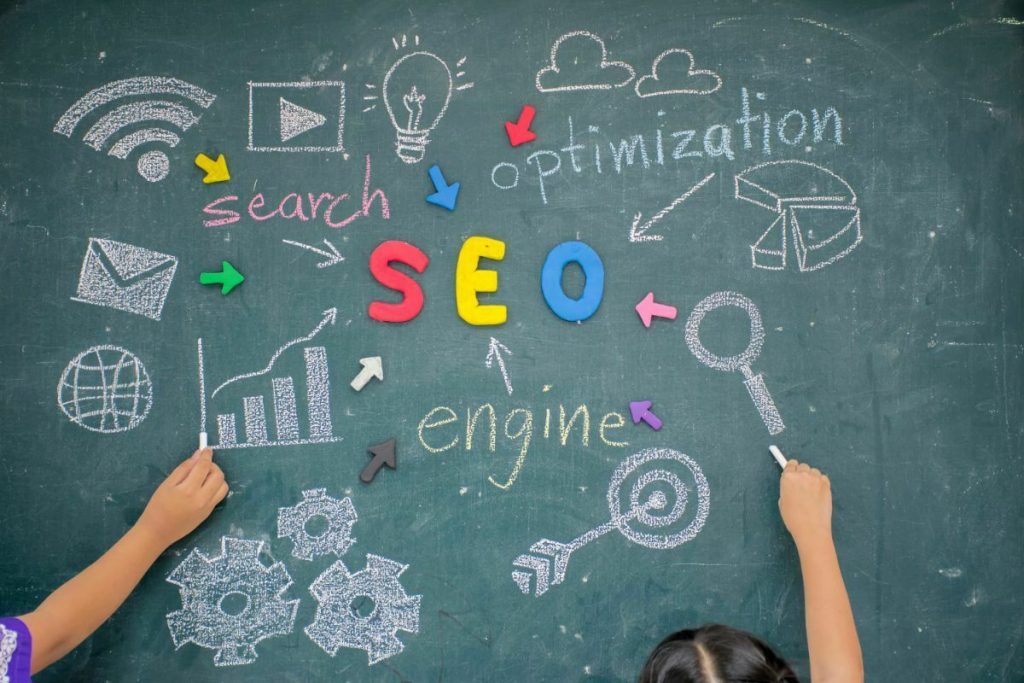Digital or online marketing promotes brands using the internet and online communication platforms. But the heart of any digital marketing campaign is the website it draws attention to. What if you could attract visitors to your website without paid social media posts, email campaigns that only reach your existing contacts, or costly web-based advertising?
Good Search Engine Optimisation (SEO) strategies do just that. Your website gets attention for the simple reason that it exists, is relevant to users, and is geared to attract the right kind of traffic. Best of all, it doesn’t cost you a penny extra to attract visitors who might otherwise not have found your website at all. With this in mind, it’s easy to see the importance of SEO in digital marketing.
The Million Dollar Question: What Is SEO?
There are a lot of misconceptions about the “magical” properties of SEO, but for those in the know, it’s hardly rocket science. In essence, it uses content, the technical configuration of content, plus its relevance and findability to achieve better search engine rankings. This, in turn, leads to more traffic, more opportunities to sell products and services, more links from other sites referencing its content, and even better rankings over time.
Attract enough visitors, generate enough sales, and SEO really can become a million-dollar question – that’s the importance of SEO in a nutshell. Sounds great? That doesn’t mean it’s easy. Let’s look at some of the things you will need to bear in mind.
Factors That Impact SEO
The first thing you need for SEO to work for you is a secure website that’s easy to access. It’s also one of the easiest things to achieve. Once people try to load or navigate your website, they should be able to do so quickly – even if they’re using a mobile phone to browse. This ups the ante a little. You need some technical expertise to ensure that your web pages load well and are mobile-friendly.
The domain you own will also make a difference. A URL that says what you do, and content that matches the URL’s promise, are positive signs to the search engine algorithms that are responsible for your rankings in search engine results. Domain authority matters too. Search engines will look at your content to see whether it offers readable, relevant, and in-depth information, but they’ll also look at how valuable people found that content. If they linked to it as an information source or shared it, you get an extra SEO boost.
Optimising content makes it easier for algorithms to classify it. And, when you optimise your content using key phrases, you stand a better chance of achieving good rankings in search when people enter those phrases or related terms.
No matter how good you think your content is, algorithms look for certain technical signals when determining its ranking in search. This can include page titles, header tags, meta descriptions, alt tags, and schema markups.
Besides this, search engine algorithms will look at your outbound and internal links, look for social signals that your content is useful, and check your business information to ensure there are no discrepancies.
SEO Strategies
With your competitors being just as keen to take advantage of SEO benefits as you are, a strategic approach can help you to win the battle. There’s a school of thought that asserts that all relevant content boosts SEO. Up to a point, that’s true, but the strategic use of content and keywords will give you better, more competitive results faster.
Competitor research and keyword research will provide vital data that ultimately contributes to your SEO strategy, but technical prowess isn’t enough. User behaviour will show how successfully you’re catering to audiences. So, while you’d like to please algorithms to gain better rankings, you can’t achieve your aim unless you please people too.
The important take-homes here are that SEO should be strategically targeted and well-researched. When that great search engine ranking gains a click, it should result in the person who entered the online search finding useful information that they think is worth reading – or even sharing.
Measuring SEO Success
Since search engine optimisation aims to make your website easy to find in search, your organic traffic statistics will show you how successful you’ve been. How many people found your website through search engine results? However, it’s not the only thing to consider.
You don’t just want traffic – you want relevant traffic. If many of the people who are finding your site are “bouncing” elsewhere within seconds, you aren’t attracting the right audience or are failing to cater to their needs.
On the other side of the coin, you may see signals that your SEO is working for you. For instance, visitors may discover your site through search engines and are finding it so interesting that they’re clicking through to other areas of your website.
You may also notice that people are finding your information so useful that they’re linking it as a source when discussing your area of expertise. Search engines will notice this as a signal that you’re an authority in your subject area and that provides an additional boost, not just to your ego, but also to your website!
Make SEO the Centre of Your Digital Marketing Strategy
The whole point of having a website is to be seen online. And, since you want to be seen by the right kind of people, the ones who could ultimately become your customers, you’ll need good SEO. Yes, you can pay for advertising that gets you online attention, but SEO means that you get visibility in the long term, whether you’re paying for advertising or not. This fact makes SEO the top investment you can make in your website.
Are you making good use of SEO as the core of your digital marketing strategy? If you haven’t started doing so yet, or have made attempts to do so with indifferent results, it’s time to call in the cavalry!
Yellowball is an award-winning, London-based SEO agency – and getting your business to the top is our business. Count on us to research your search engine ranking potential, check out the competition, and boost your results. Your success is our success, contact us today and let’s work together to boost your digital marketing results through SEO.









